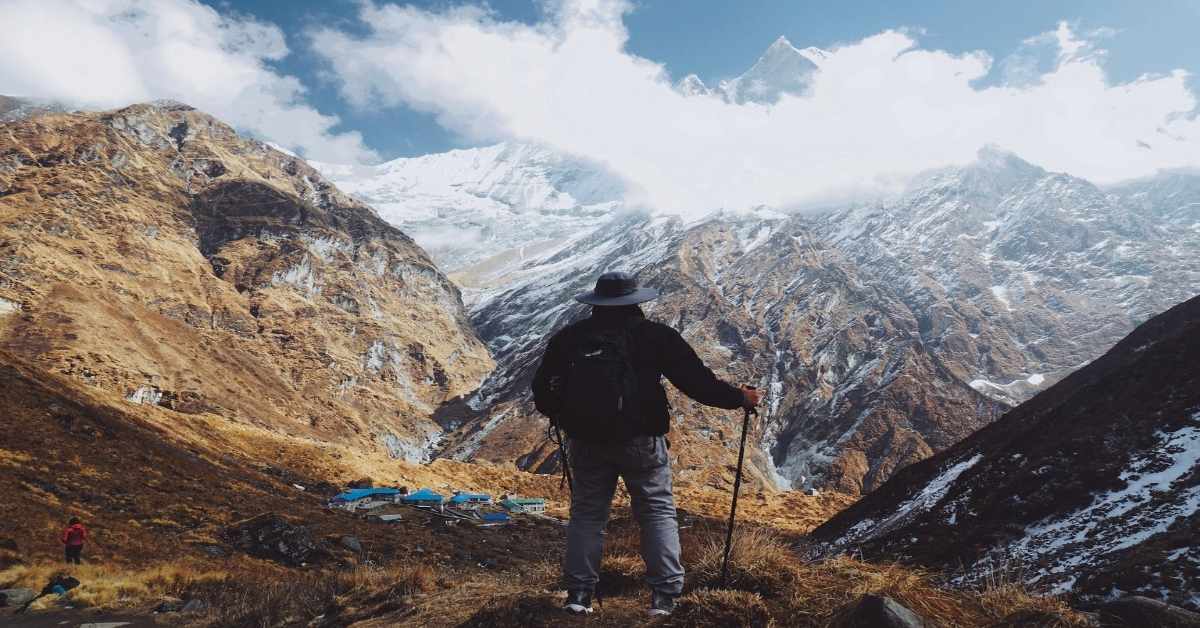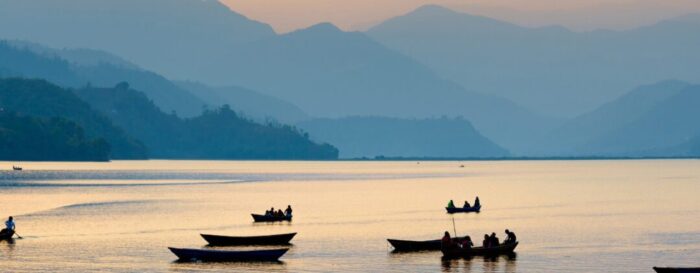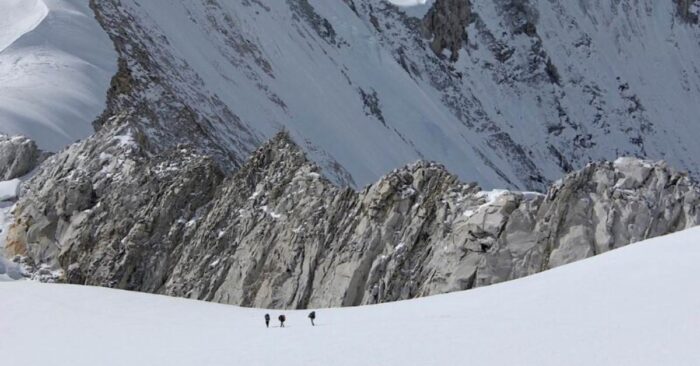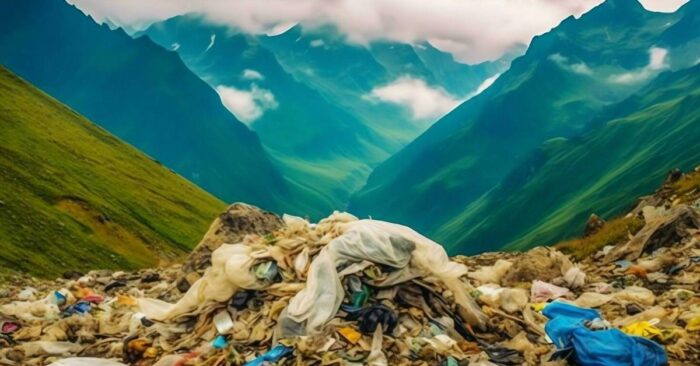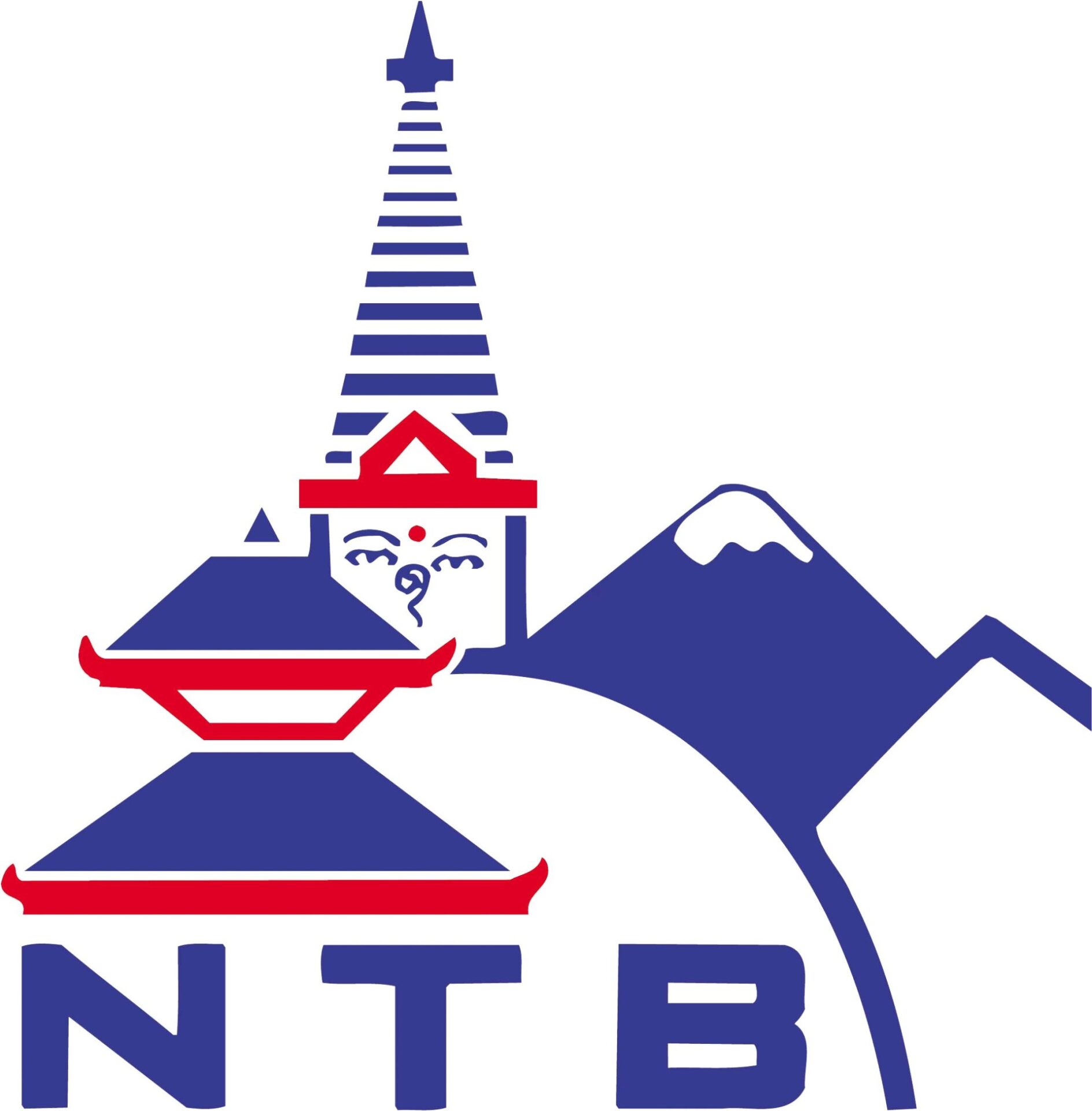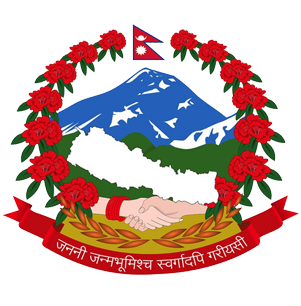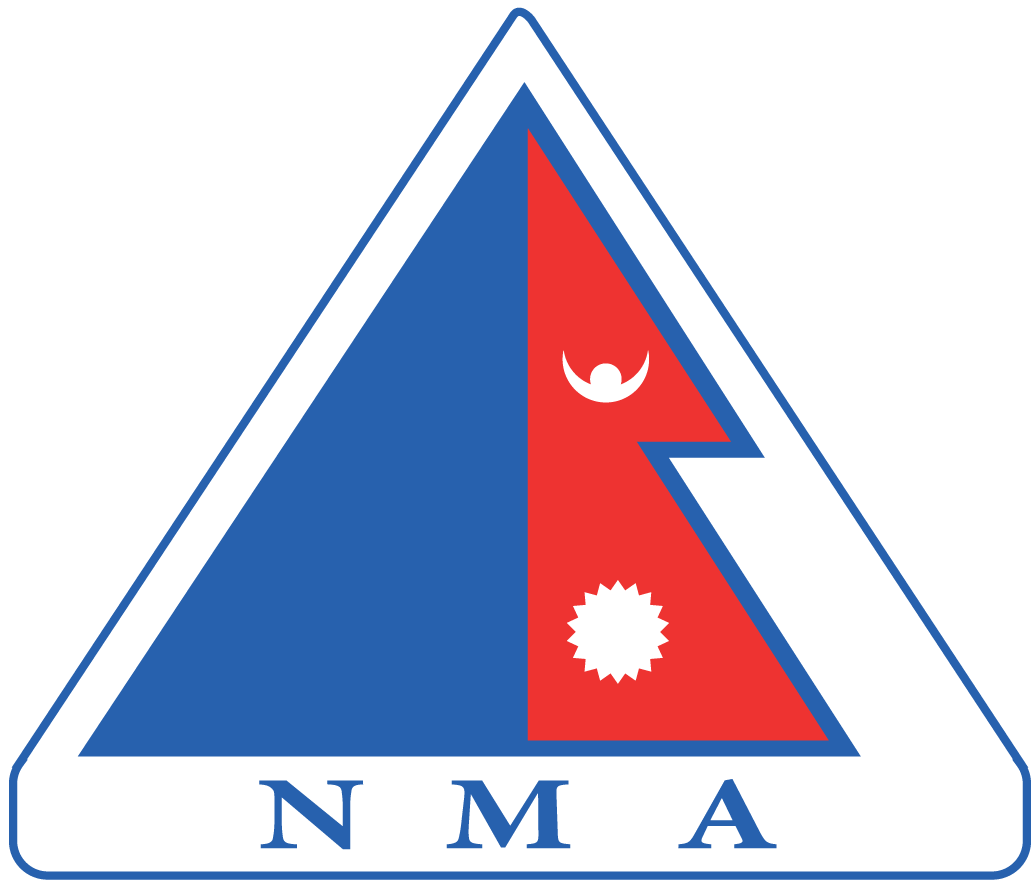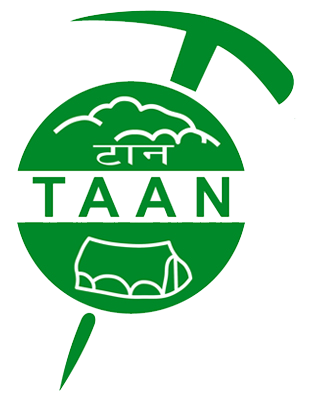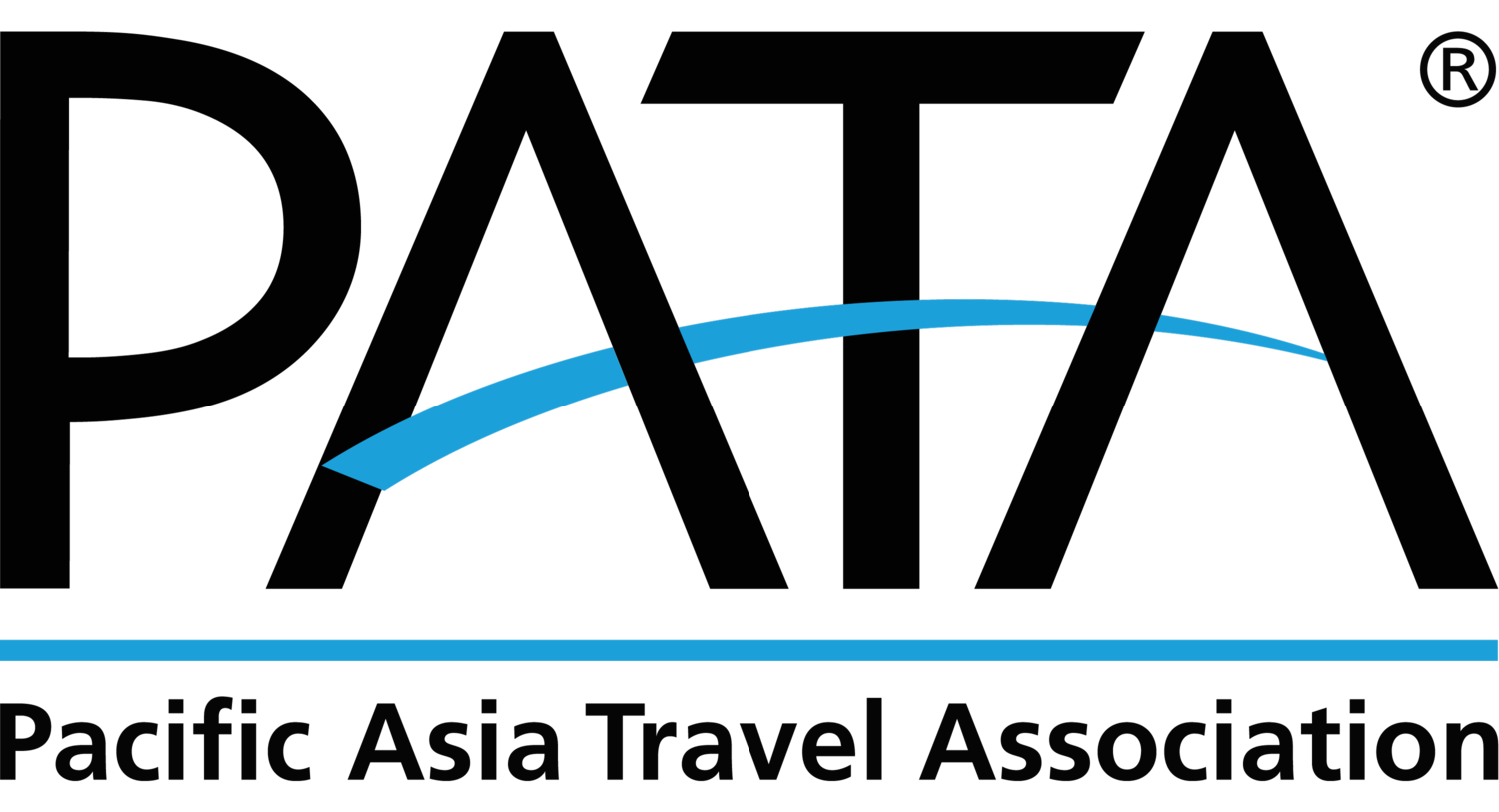Every year, thousands of adventure seekers and nature lovers from all over the world come to Nepal to experience the popular and thrilling adventure known as trekking. From comparatively easy teahouse treks in the Annapurna and Langtang regions to more difficult and isolated treks in the Everest and Makalu regions, Nepal has a wide variety of trekking opportunities. In order to have a successful trek in Nepal, you must be well-prepared and have the necessary equipment. You’ll need various gear depending on the type of terrain you’re climbing on, its elevation, and the season. Here is an initial list of the trekking gear that trekkers usually need for high-altitude trekking. Note that this is not a complete list; it should be customized for your particular adventure and in consultation with experienced guides.
-
Footwear:
- Trekking Boots: Ankle support is essential for trekking shoes that are both comfortable and durable. They have to have a strong grip on slippery terrain and be waterproof to handle unpredictable weather.
- Socks: Quality socks that wick away moisture are essentials. To prevent burns and keep your feet dry, you’ll need many pairs.
-
Clothing:
- Base Layers: Base layers with moisture-wicking qualities keep you dry and help control body temperature.
- Insulation: To stay warm, you could require down or synthetic insulated jackets, depending on the time of year and altitude.
- Outer Layers: For protection against rain and snow, breathable, waterproof jackets and trousers are essential.
- Headgear: For protection from the sun and cold, a warm hat, a sun hat, and a neck gaiter or buff are essential.
-
Backpack:
It’s essential to have a durable, comfortable backpack that can fit both your own personal items and equipment. Search for one that offers excellent back support and padding.
-
Sleeping Bag and Pad:
Sleeping bags must be lightweight and warm. Choose the one rated according to the expected temperature. A sleeping pad offers comfort and insulation.
-
Trekking Poles:
Trekking poles give you stability on steep descents and reduce the pressure on your knees.
-
Navigation and Communication:
- Map and Compass: It’s a good idea to take a map and compass with you, even if you have a guide. Offline map-containing smartphone apps or GPS gadgets can also be useful.
- Communication: In an emergency in an unfamiliar place, a satellite phone or personal locating signal might be quite helpful.
-
First Aid Kit:
A basic first aid kit with items like bandages, antiseptic wipes, pain relievers, and altitude sickness medication is essential.
-
Water Purification:
To make water from natural sources safe to drink, always carry a water filter or purification tablets.
-
Toiletries:
Personal hygiene on the trek can be easily maintained using travel-sized products, such as biodegradable soap, toothbrushes, and toilet paper.
-
Headlamp/Flashlight:
In teahouses, having a dependable light source is crucial for seeing in the dark and during power outages.
-
Trekking Gear Rental or Purchase:
Major trekking destinations such as Kathmandu and Pokhara often hire out specialized equipment such as harnesses, ice axes, and crampons, which may be required for high-altitude treks.
When preparing for a trek in Nepal, having the right gear and equipment can make a significant difference in your comfort and safety. It’s important to pack for the season and the specific journey you plan to take. Note that porters are available to assist with big loads, and teahouses offer certain amenities, so you don’t have to carry everything yourself. But having the necessities listed will make your trip across Nepal’s breathtaking mountains more successful and pleasurable. Prepare yourself, choose your kit carefully, and then set out on a once-in-a-lifetime journey through Nepal’s breathtaking scenery.

